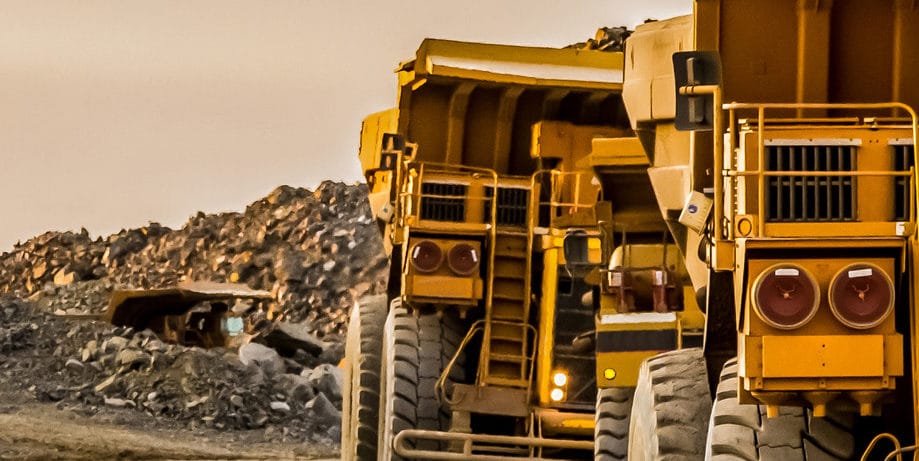This story features in The data Management Challange
Technology is constantly and rapidly evolving and Seequent strives to remain at the forefront to ensure interoperability is achieved to the best advantage of the end-user, not individual software companies. The data management challenge will continue to grow as the availability and collection of data becomes even more prolific. As an example, LIDAR data – point data generated from laser scans of surfaces provides data in the form of tens of millions of points. Companies need to ensure they have flexible and robust solutions in place to manage these complex and varied data sets.
“Be prepared for an ongoing avalanche in the amount of data and how we get value from it. Everyone needs to take responsibility and ownership of this problem,” Scott Dunham remarks. The entire mining process will become increasingly automated and Seequent’s solutions will continue to evolve as the integration of Machine Learning and Artificial Intelligence (AI) becomes more mature.
Rob Ferguson comments, “Machine learning and AI are now being introduced into the industry and this could change the game around managing processes. You could run machine learning on core photos which can facilitate the core logging process and potentially a subsequent interpretation. There are already lots of machine learning start-ups out there that are used for targeting. Algorithms have been around for years, but what has changed is the computing power or distributed computing power. Calculations are running in the Cloud and thousands of CPU are doing highly intensive computations on large data sets.”
However, there is a need for caution with such solutions as the role of the geologist remains critical to grounding truth, validating and refining. Although there could be a push towards the use of machine learning to carry out geological modelling and resource estimation in the future, it poses some clear risks. Firstly, data isn’t necessarily fit for purpose and how will this be picked up? Secondly, there’s the issue of data bias. The need for the expert who understands the data chain and decisionmaking processes from early data acquisition through to interpretation remains integral.
Scott Dunham explains, “A geologist can see if a piece of data is missing and know where to go find it. The machine learning algorithm won’t know if it’s buried on someone’s desktop. And geologists and resource modellers intuitively account for the bias in data. As a rule, they tend to overdrill areas of high grade and under-drill low. If you expose that sort of bias to a learning algorithm it will affect the models and you could end up with bad predictions that create a high level of uncertainty in decision making.”
Manage your data, make better decisions
Seequent will continue to strive to make geological data open, accessible and intuitive with the belief that if the right resource is put into managing geological data, then better decisions will ultimately be made.
This ‘right resource’ means properly resourcing the management of geological data both in terms of dollars and people with the right skills. This is where an industry data management platform, such as Central, which allows all geological data to be held in a single system, provides the ideal solution.
Scott Dunham comments, “Wouldn’t it be great to have a cloud-based data structure to which all your instrumentation talks directly without having to intervene; that automatically catalogues the data, describes the quality of it and makes it accessible to everyone involved in a project. But in order to get near to achieving this sort of value, mining needs to invest in their data management capability as other industries do.”
Peter Joynt concludes, “Fundamentally, we want to help mining companies drive cost efficiencies by having data at their fingertips. Central provides for easily accessible and manageable data, so geologists don’t have to worry about the challenge of data management but can focus on the geology, creating resource estimations or helping to reduce costs in drilling programmes, for example. Geologists are also able to collaborate more as a team, rather than working in isolation – another means of improving decision making and reducing risk. To get to this point though, requires a cultural change in understanding the real value that can be derived from such a system and assigning critical resources to its implementation.”
Learn more about what geologists are saying about their data management challenges and how to solve them.





